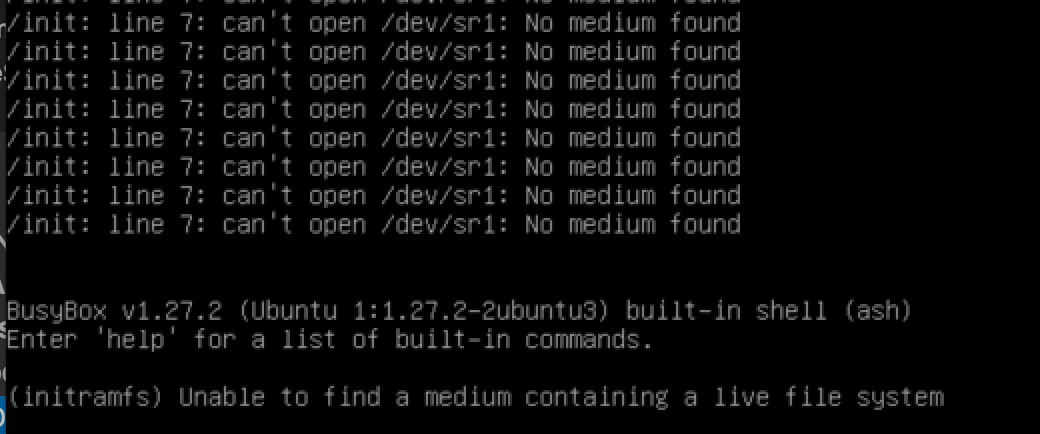

Once you have installed the drive and ensured it’d connected securely, I can insert it into the protective casing. As you can see in the above picture, this external enclosure also supports PATA drives too. My external enclosure requires me to connect the SATA cables to the drive manually in the following picture. Some might require you to insert the drive, and that’s it.
Easy to boot win helper usb not found manual#
Depending on the enclosure you buy, you might need to make some manual adjustments. Installing in the enclosure should be easy. You will also notice the green latch mechanism for releasing the drive from its bay. This particular configuration uses a 2.5-inch drive on a 3.5-inch mount. If you plan to build your own computers or do these types of repairs often, get yourself a decent set of tools in a computer repair kit. Be prepared to have essential tools such as a Torx 5 point screwdriver and or flat head screwdriver. Other configurations might require removing a mounting mechanism, especially if it is a 2.5-inch drive. Some are easy and require pressing a latch mechanism to release the hard disk from its drive bay. Consult the manufacturer’s documentation that came with your computer, or review the manufacturer’s website. The process will vary depending on the build, model, and form factor.
Easy to boot win helper usb not found install#
You will need to remove the hard disk from the system unit to install it in the external enclosure. Make sure you pick the proper internal interface-IDE/ATA or SATA, based on the type of drive you are using. They are available in 3.5-inch (standard desktop) or 2.5-inch (notebook) sizes. You can pick up an enclosure for between $20 to $50 on B&H or Amazon. An enclosure is basically a housing that protects the drive and allows you to connect it to a USB, FireWire, or eSATA port. They are quite cheap, and you can use them also with an existing hard disk as an external storage device. This is the first thing you will need to have.

So I thought of the next option putting the hard disk in an external hard disk enclosure, connecting it to a working computer, and copying over my data, so this is what I ended up doing. Unfortunately, I was in a bind, with no working optical drive or a USB stick I could use. Of course, I could try doing a custom install and salvage my data from Windows.old. After exhausting many repair options, I could not get Windows to boot successfully. I had already backed up recently, but I also created new content that I didn’t want to lose.

For me, this was a reality I recently experienced.


 0 kommentar(er)
0 kommentar(er)
